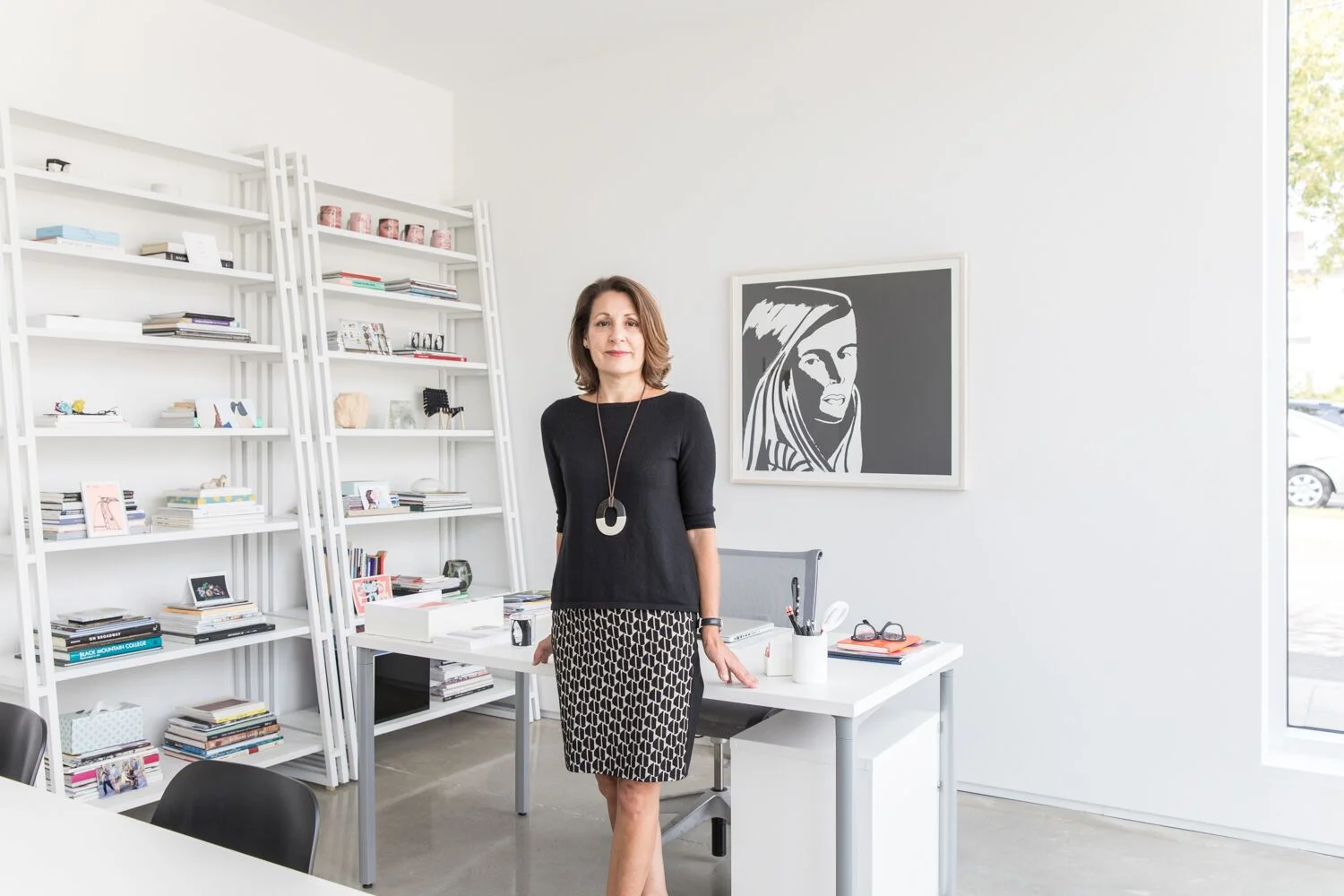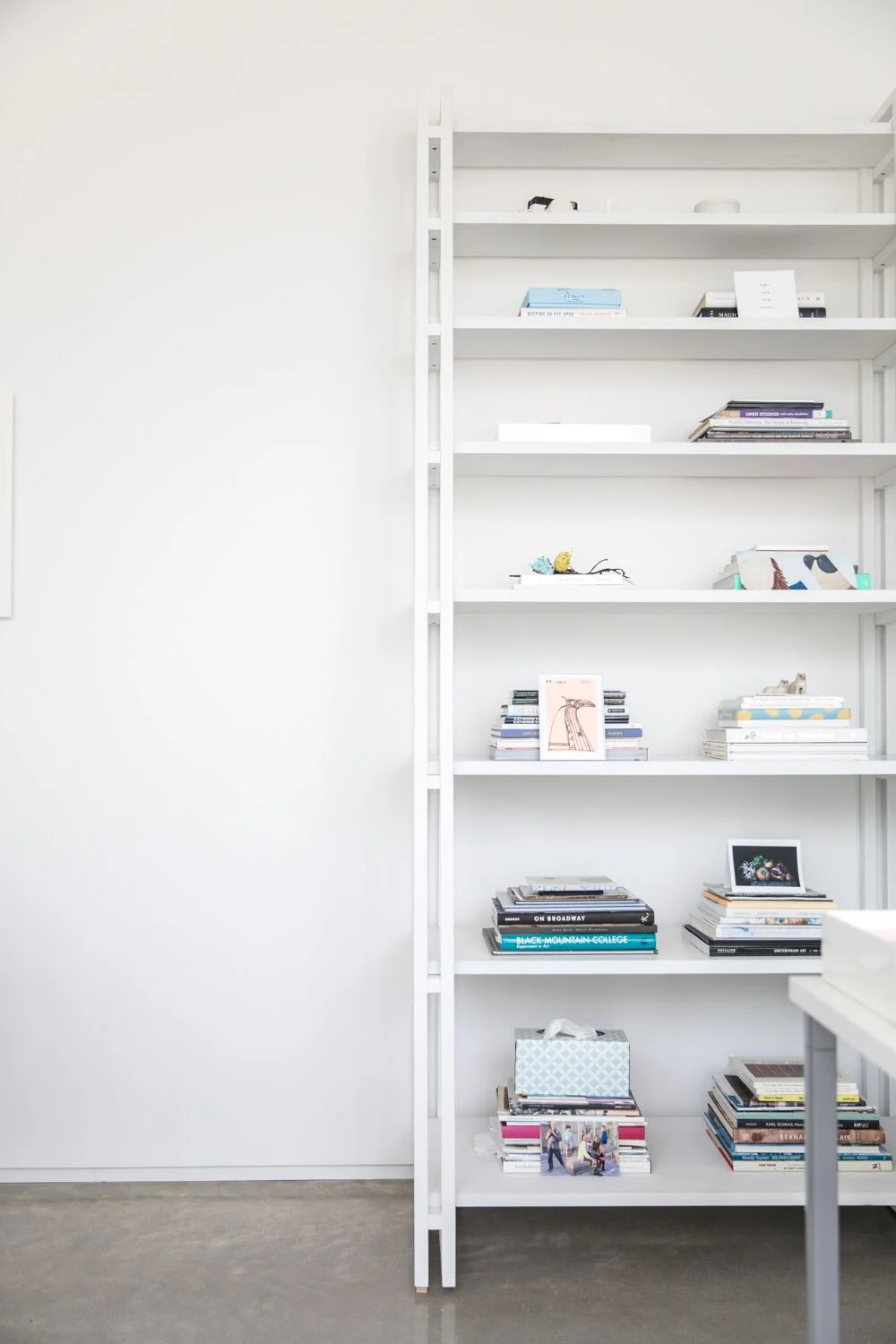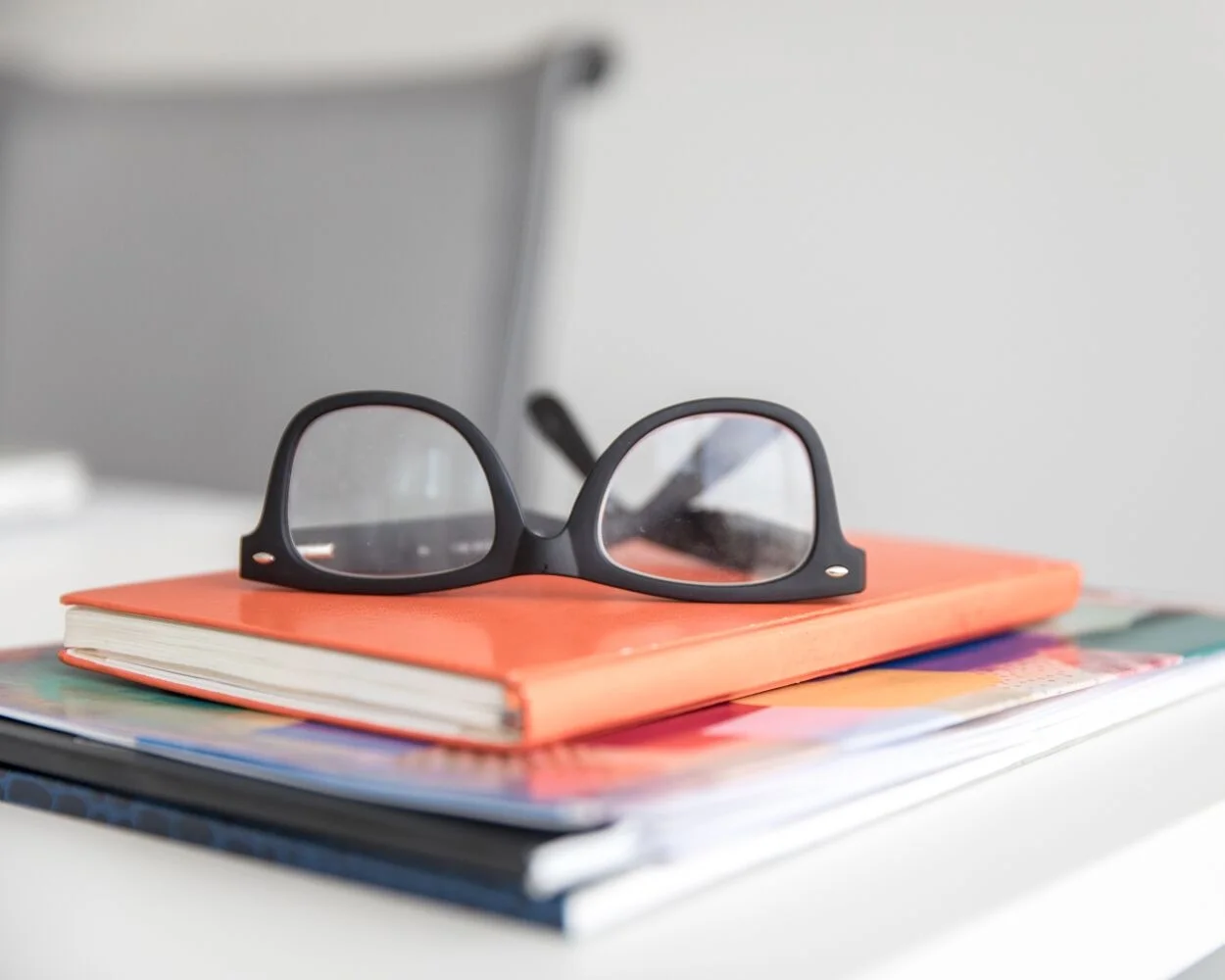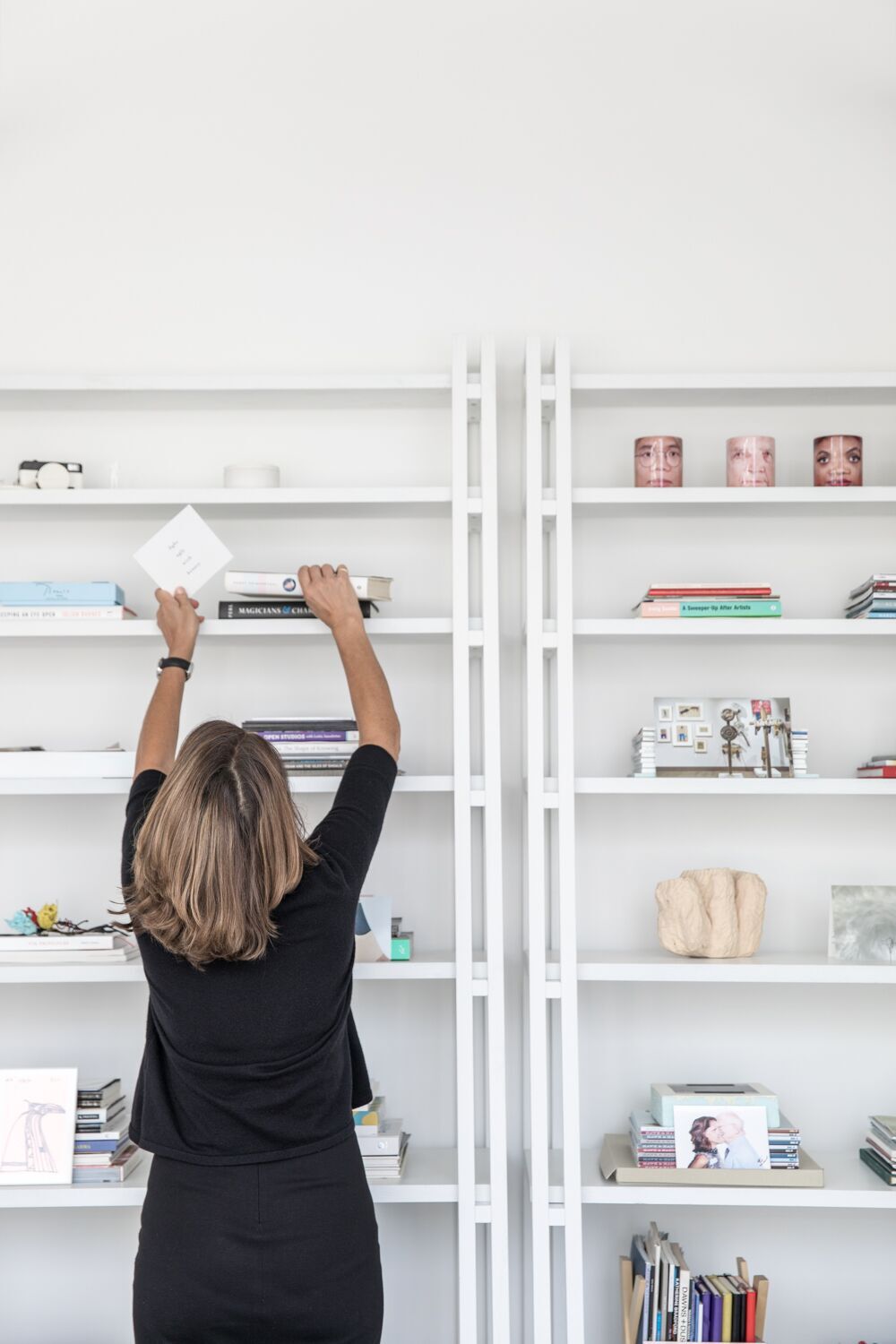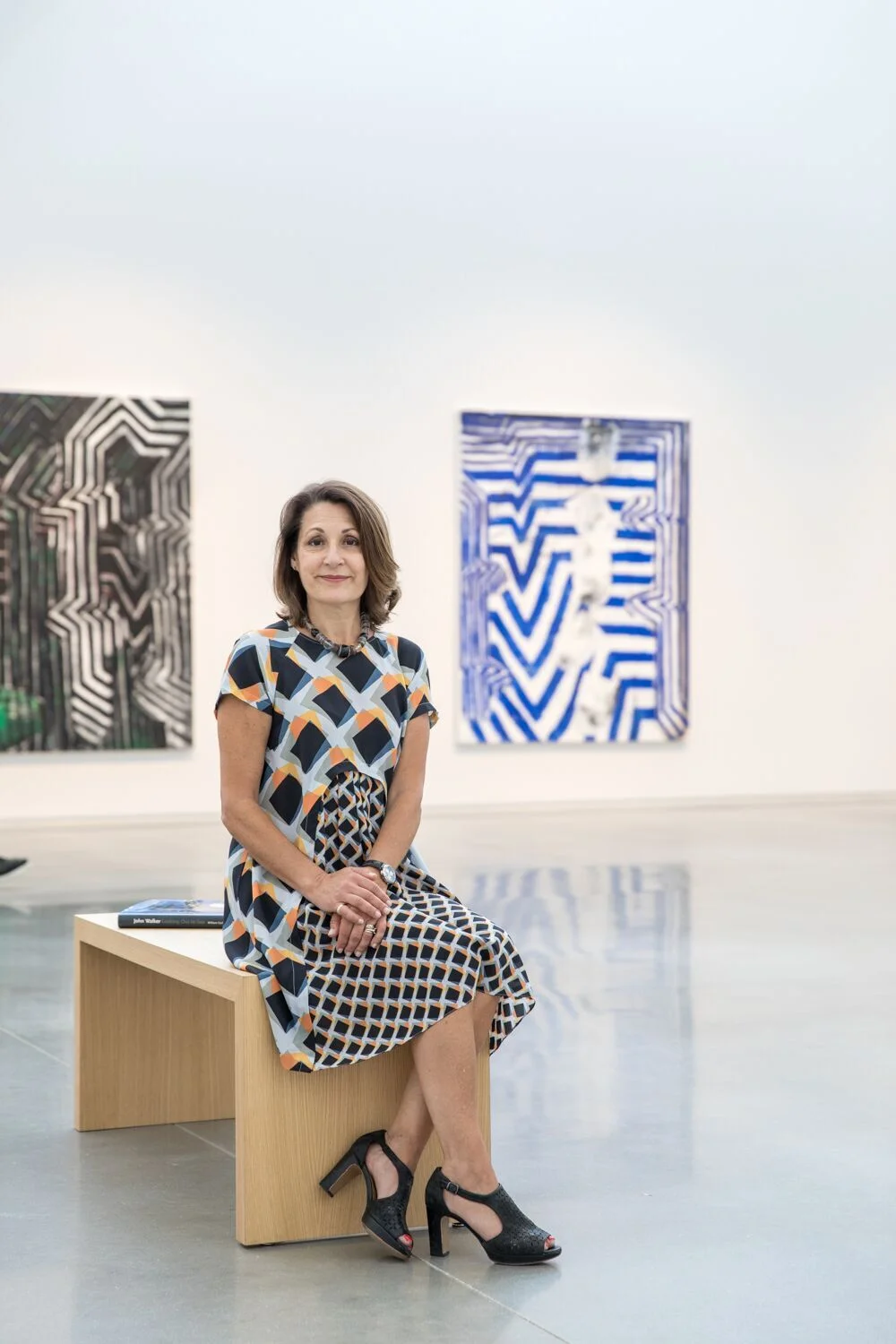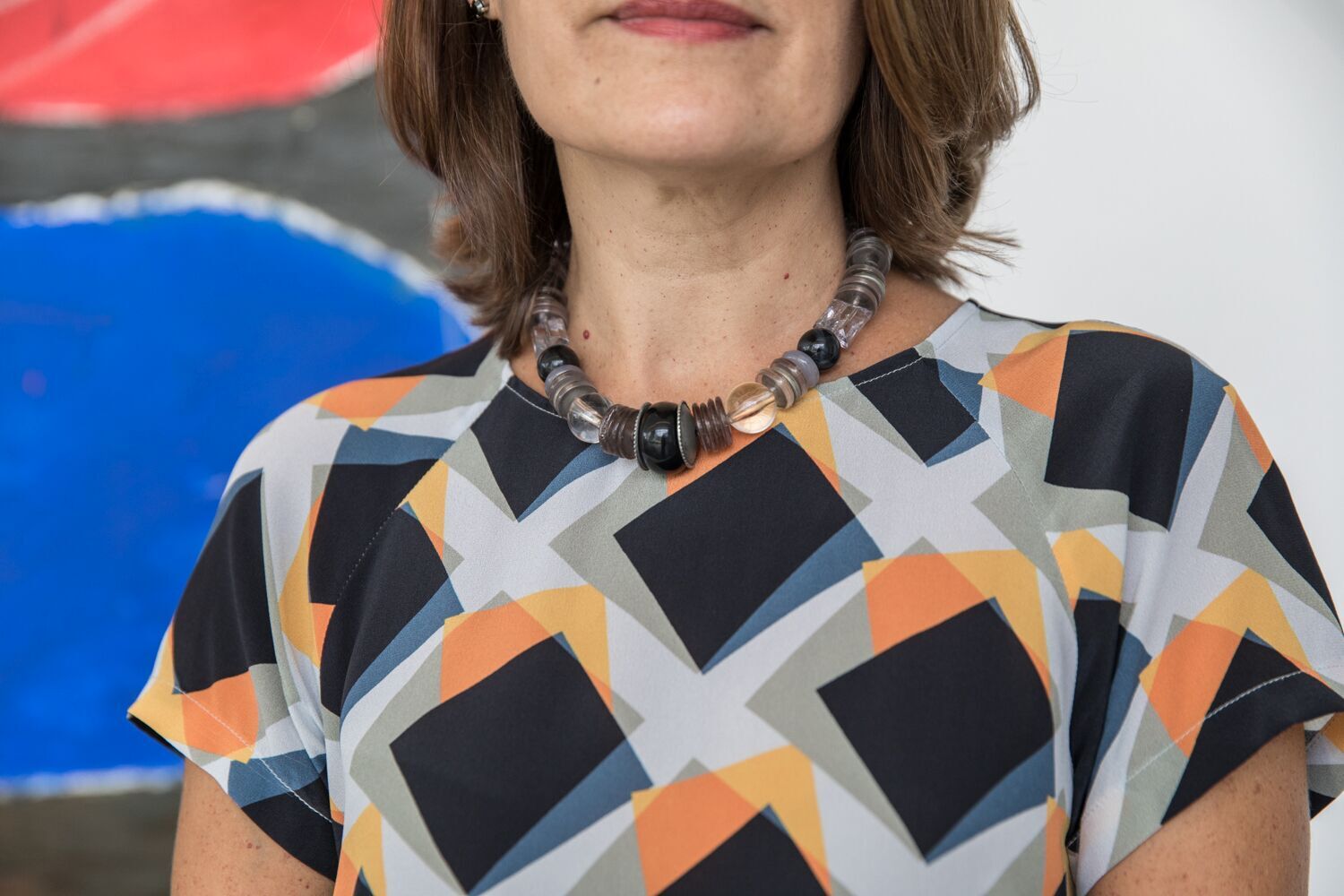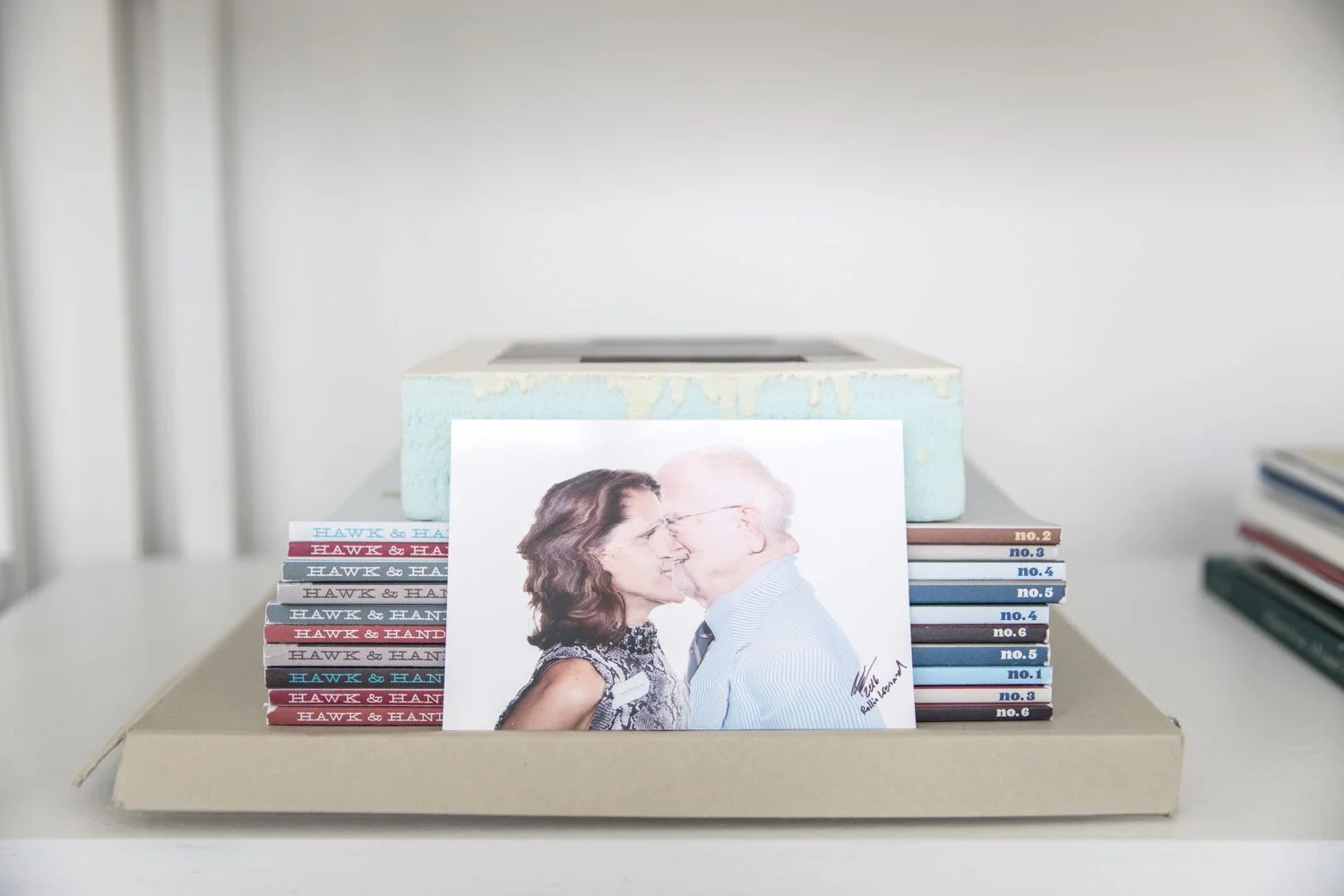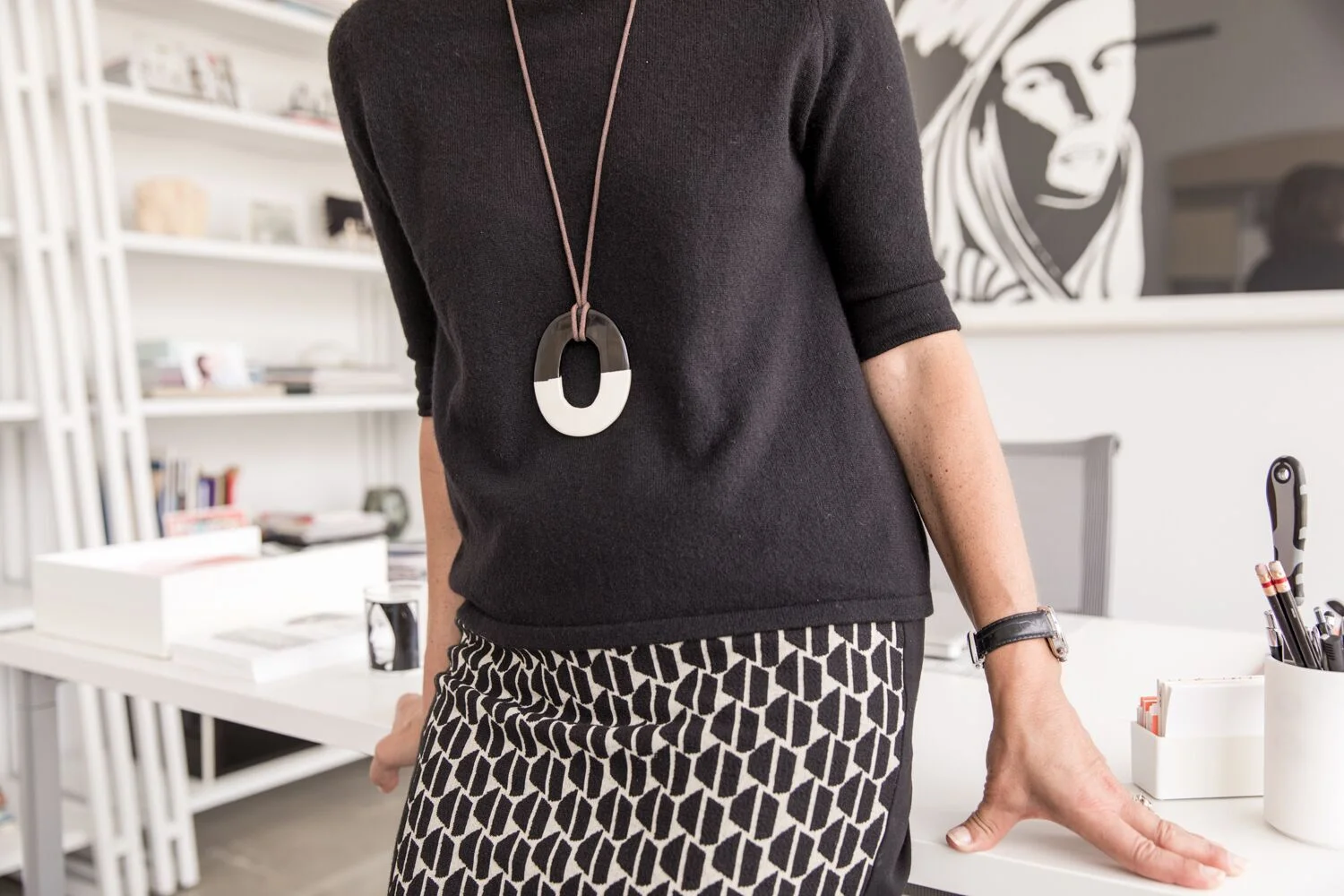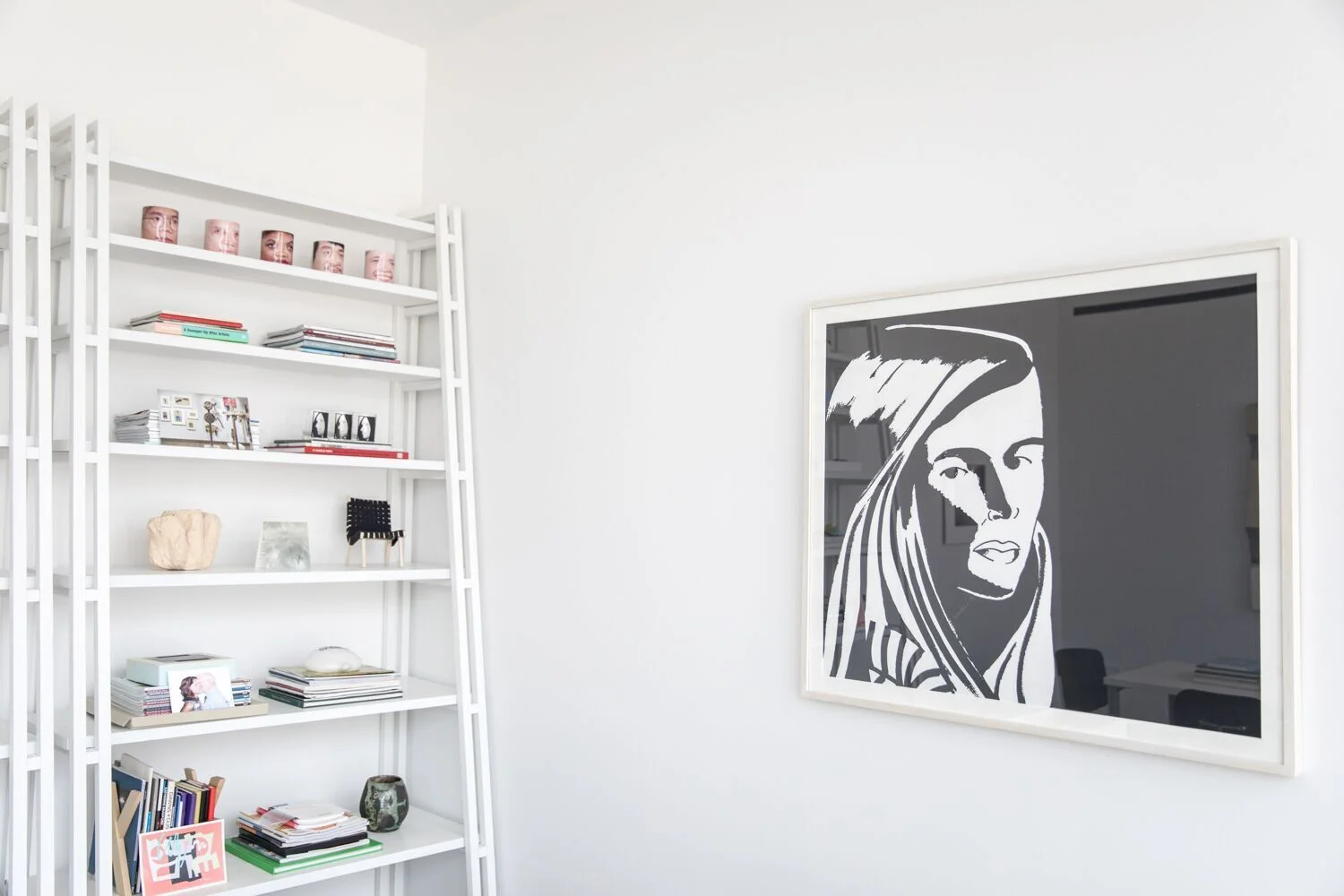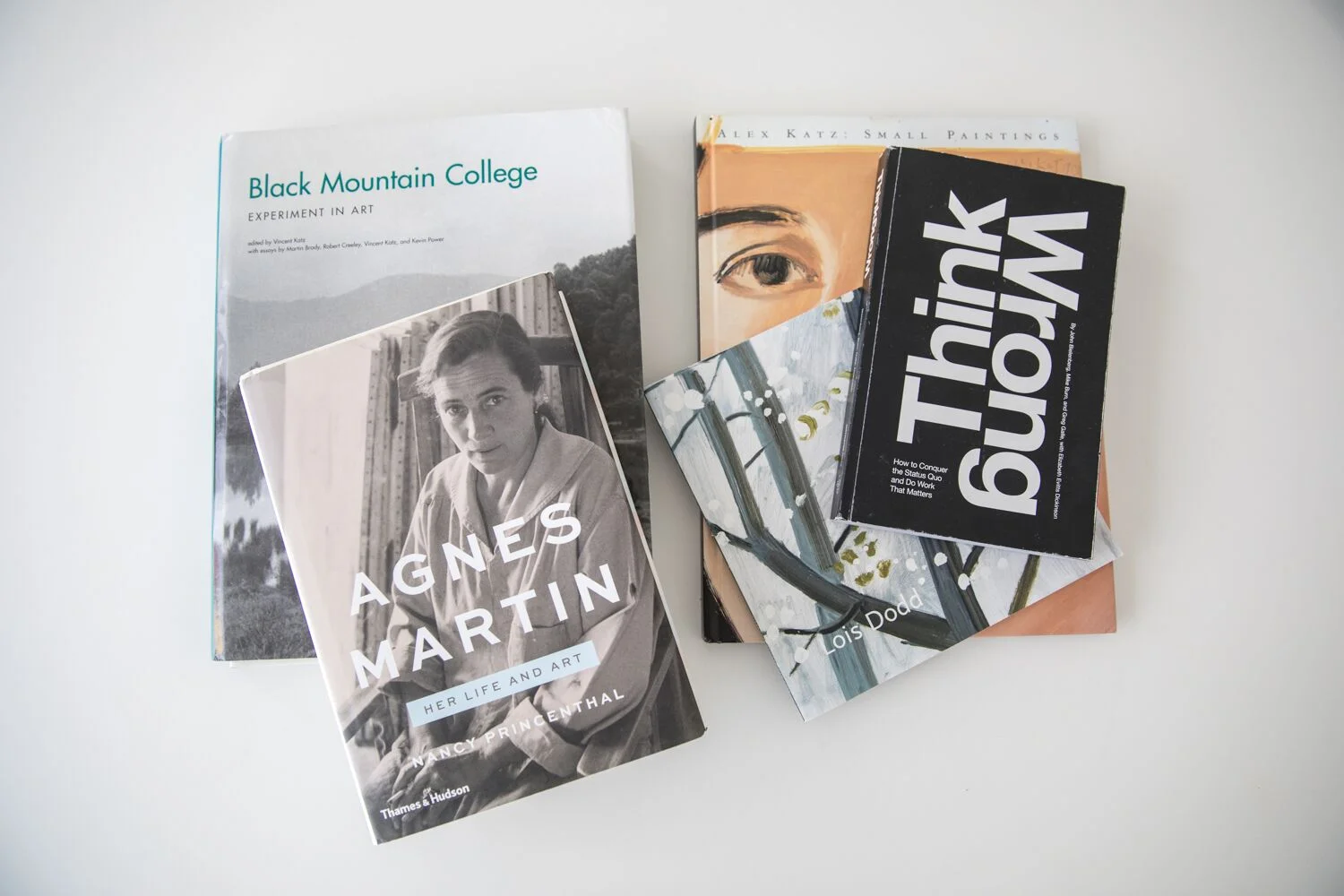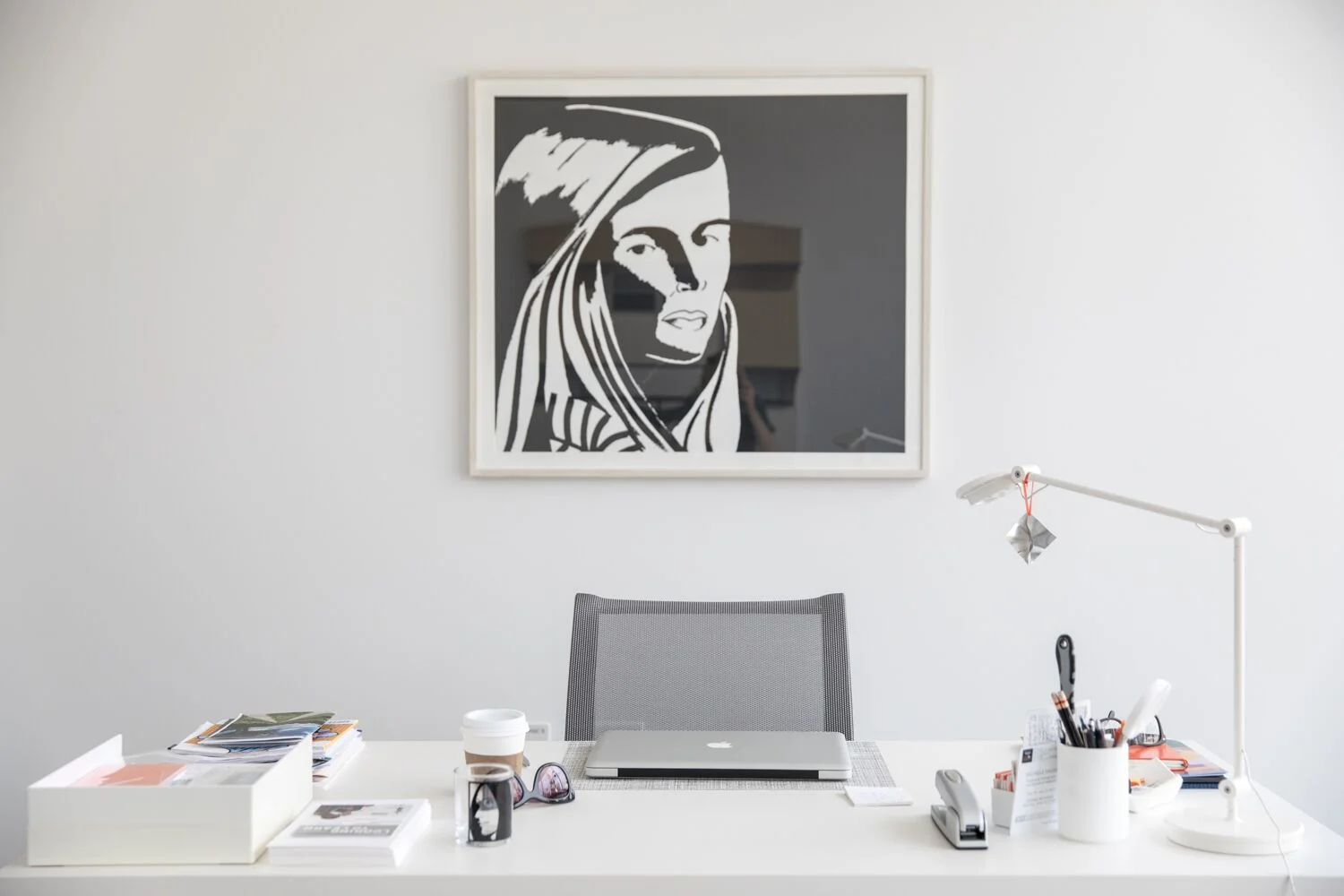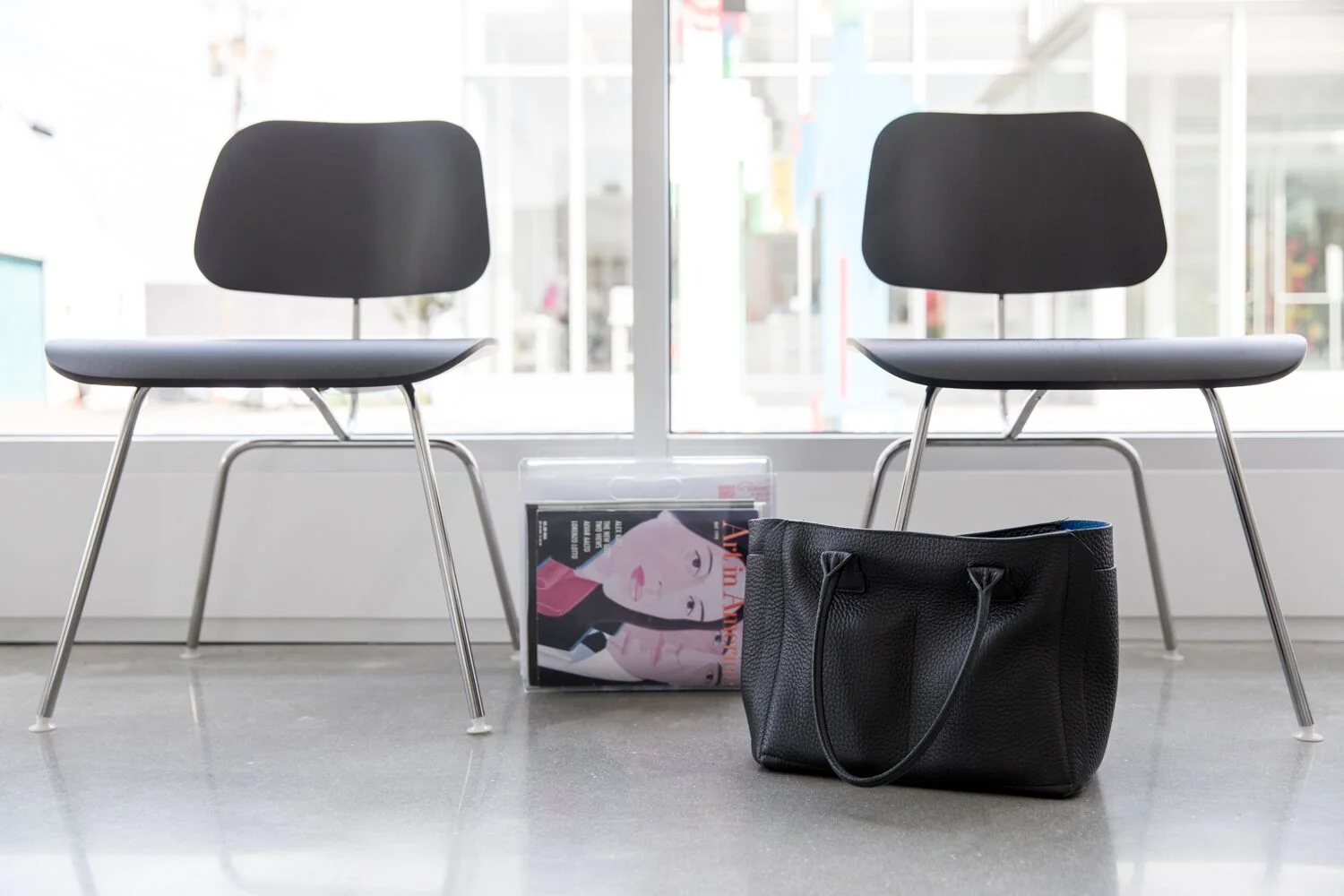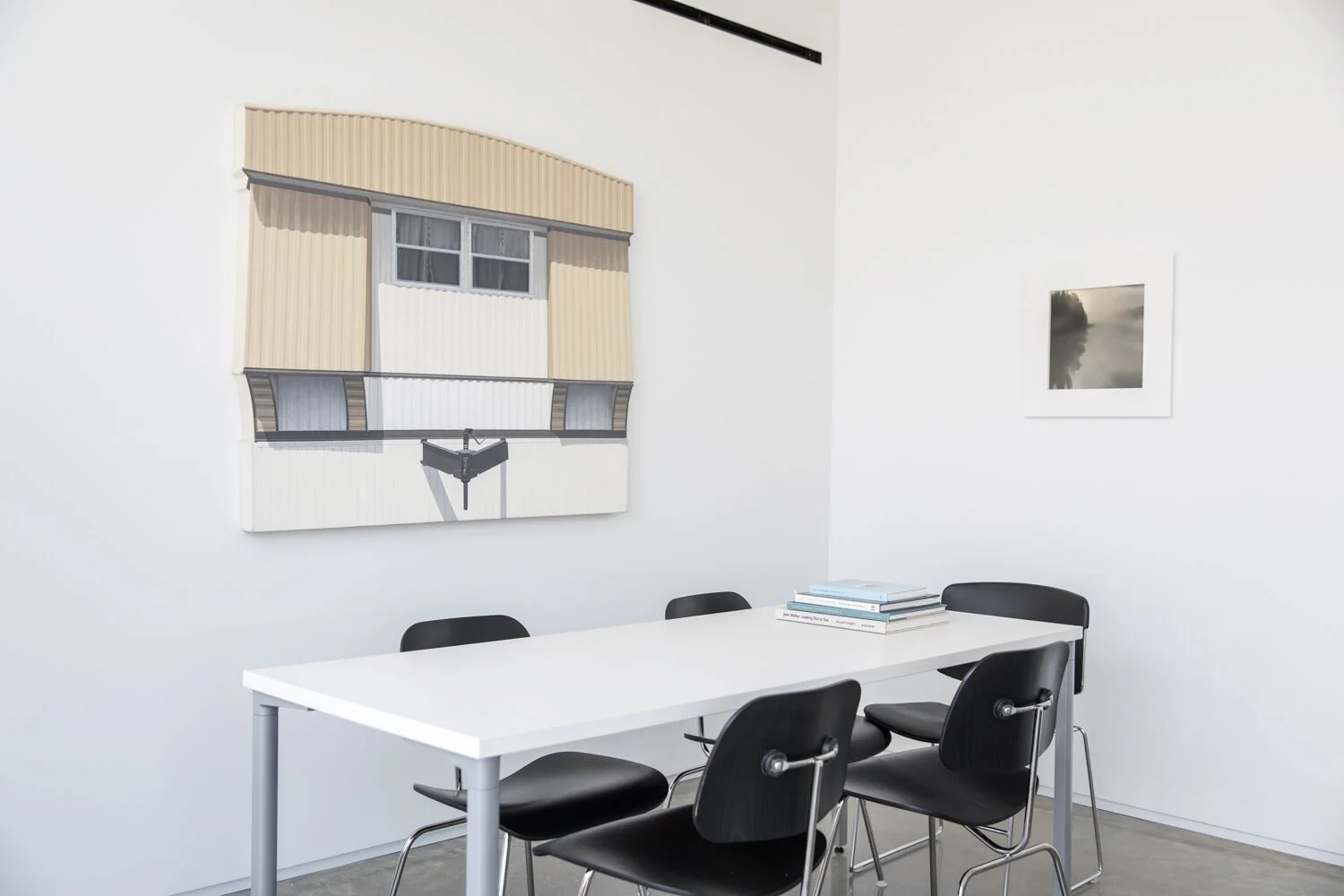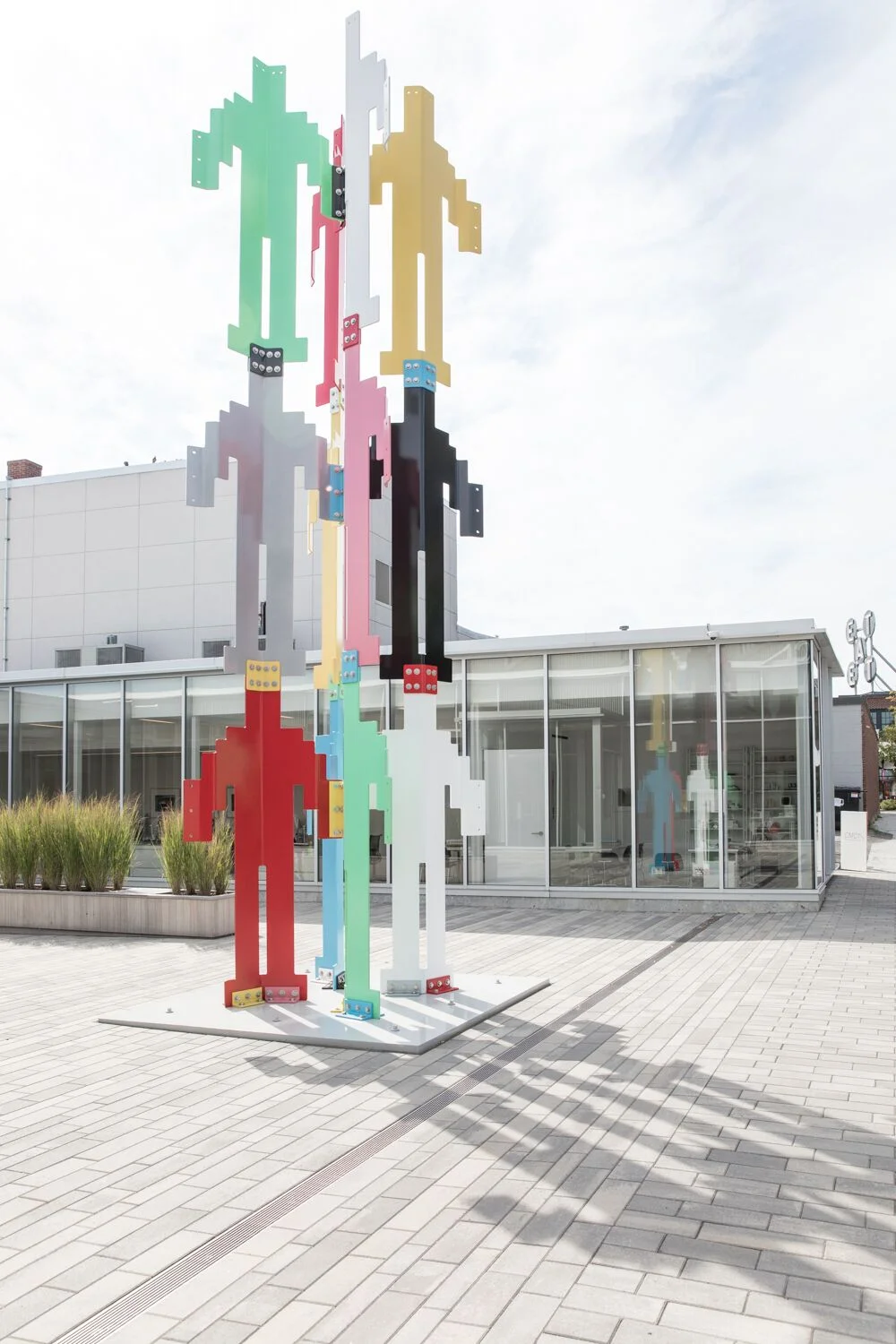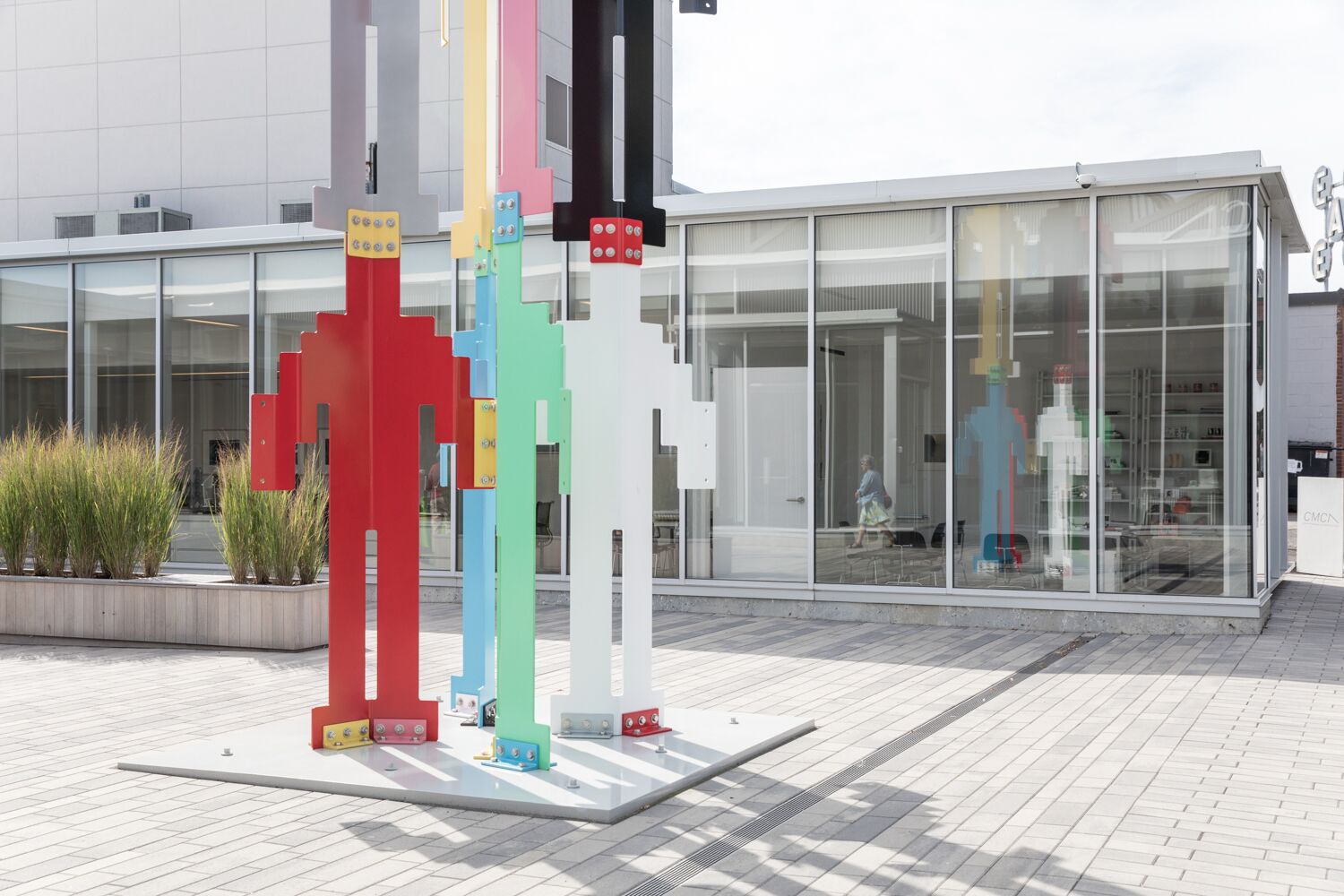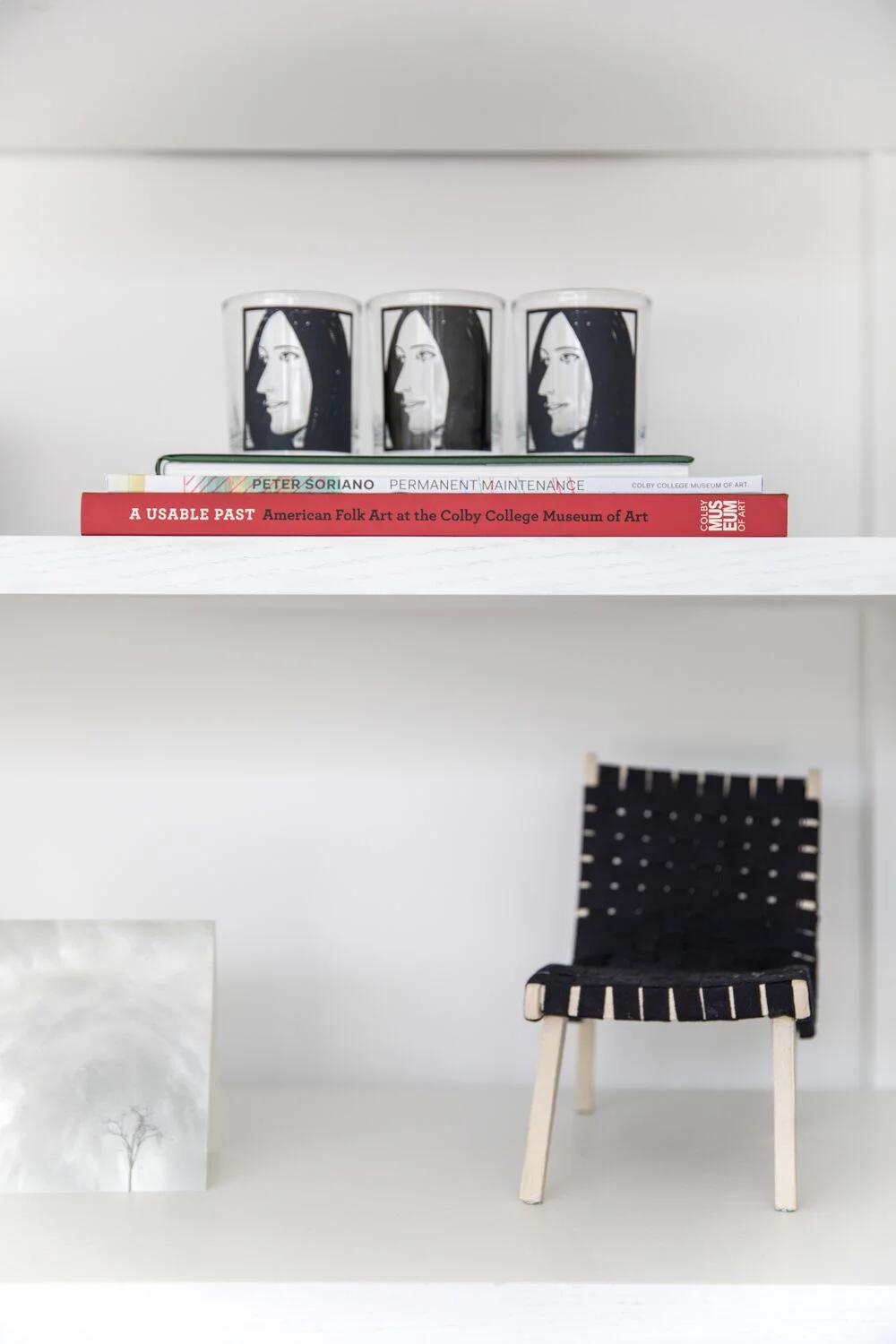Suzette McAvoy was the curator of the Farnsworth Museum in the mid-1990s when the museum moved onto Maine Street in Rockland. As the current Executive Director and Chief Curator of the Center for Maine Contemporary Art (CMCA), she recently steered the design, construction and opening of the Center’s stunning new space in downtown Rockland.
One could argue (and we would) that Suzette has been a driving force behind the transformation of Rockland, Maine from a quiet town to a thriving nexus of the arts in the midcoast over the last twenty years.
Suzette brings an impeccable eye, eloquence, and unflappable determination to her role at the CMCA. Speaking with her gave us a fascinating look inside the professional art world in Maine.
"There is something uniquely special about Maine.
Certainly, I can't imagine living away from the coast. There's a sense of expansion here that I don't feel in other places."
Quick edit
Job title:
Executive Director and Chief Curator, Center for Maine Contemporary Art
Originally from:
Upstate New York
Home for the past 28 years:
Belfast, Maine
Favorite restaurant:
Francine’s (Camden)
Best midcoast shopping:
412 (Rockland)
Josephine's (Camden)
Recently read:
At Home in the World by Joyce Maynard
THE MAINERS: You curate an incredible collection at the CMCA, but I’m also interested in your personal art collection. Whose work do you see each day in your home?
SUZETTE: I have work from many artists who are friends, or artists I've done exhibitions with. Artists like Lois Dodd, Kenneth Noland, Carl Schrag, Alex Katz, Harold Garde, and many others.
There’s one Lois Dodd painting I have that's a favorite. It's a seemingly very simple view of a shadow on a snowy side yard. There's an evergreen tree in the center and some bare branches sticking out of the snow. But it's a really complex painting in terms of the light being conveyed. I'm a big fan of Lois Dodd's work. It's work that's seemingly simple and straightforward, but deceptively complex and rewarding visually.
THE MAINERS: Do you have a favorite recent purchase?
SUZETTE: The most recent piece of art that I've personally purchased is "Flowers 2," 2016, by Alex Katz, a gorgeous print of Maine wildflowers that he produced as a benefit for CMCA.
THE MAINERS: You aren’t originally from Maine, but you’ve been here for almost three decades. Do you feel completely at home?
SUZETTE: I can't imagine living anywhere else, I really can't. There is something uniquely special about Maine. Certainly, I can't imagine living away from the coast. There's a sense of expansion here that I don't feel in other places.
THE MAINERS: A certain piece at the CMCA made me that same way—expansive. A painting composed of bright blue stripes. [in the above photo]
SUZETTE: That's the work of John Walker. I just love his paintings of Maine. They're really lush, physical paintings, full of an emotional, visceral response to the Maine landscape. Those blue and white stripes come from sunlight on the water and the reflection of sky on the water. The brilliant blue of a summer day in Maine.
"My fifth-grade art teacher really sparked my passion for art. She was a world traveler and would bring examples of art and artifacts collected on her travels into the classroom to share with us."
THE MAINERS: When you're not looking at art, what would we find you doing?
SUZETTE: I'm an avid reader. My family will tell you that if I don't have something to read, I get a little squirrely. I subscribe to the New Yorker so that I'm never without something to read.
Recently I read two really terrific art memoirs. One was called The Dream Colony. It's about a curator named Walter Hopps. He was a legendary curator in the 60s and 70s. Then I read Eye of the Sixties, which is about a curator named Richard Bellamy. Both of them were really terrific. I also just finished a book called At Home in the World by Joyce Maynard about her relationship with J.D. Salinger as a very young writer. It was very compelling.
THE MAINERS: So even your reading is about art!
SUZETTE: It's true. That's truly what I do. Look at art, read about art, think about art.
THE MAINERS: Did anything in your childhood inspire your interest in art?
SUZETTE: My fifth-grade art teacher really sparked my passion for art. She was a world traveler and would bring examples of art and artifacts collected on her travels into the classroom to share with us. I vividly remember her dressing one of my classmates in an authentic Peruvian costume to serve as model for us to draw from. The shawl was held together by a silver spoon that also served as a pin. I've never forgotten it.
THE MAINERS: Art seems to expand to your personal style too—you have a great fashion sense. Do you have any style icons?
SUZETTE: Oh gosh, thank you for saying so. I really admire Bobbi Brown for what she has achieved with her business, and yet how grounded and real she remains in a highly competitive and stressful field.
"So many artists tell me that Maine is where the work gets done.
They come to Maine for the sense of independence and isolation that's really needed for the work in the studio."
THE MAINERS: Maine has a long, rich history of artists who spend time here. Why do you think that is?
SUZETTE: So many artists tell me that Maine is where the work gets done. They come to Maine for the sense of independence and isolation that's really needed for the work in the studio. Maine is both a place of inspiration and a place of work. Even though many artists need to exhibit and sell their art elsewhere, Maine is where the art gets made.
THE MAINERS: Do you find working in Maine limiting in any way?
SUZETTE: I've never felt Maine to be a limitation working in the art field because there's such an incredible range of artists who either live here year-round or seasonally. They're always so eager to support the art community in Maine. People at all stages of their career are here who you can reach out to.
I always say, it's never six degrees of separation in Maine. It's never more than two, it seems. Everyone knows everyone. There's this wonderful network you can tap in to. People seem more accessible here than they do in other places, and there's such talent here.
THE MAINERS: What's the best part of your job?
SUZETTE: Studio visits are absolutely the best part of my job. I wish I had time for more of them. I do try to fit them in as much as possible. Artists tell me that they really value a curator coming to their studio. From their point of view, it's one of the best interactions they can have as an artist. It's certainly something I enjoy doing.
To go into a studio with an artist and see the tools of their work, to see work in progress, for them to share the intimate conversation they're having with their work, to get close to that moment of creation, it's really wonderful. Sometimes I'm really interested in work that they didn't intend to show me, whether it's work in progress or a direction they're heading. There can be a sense of discovery for both of us.
THE MAINERS: How do you choose which studios to visit?
SUZETTE: I often see work online or get introduced to it through images shared on Instagram or social media. But, of course, that can't give you a full idea of what the work is like. During a studio visit I can see the work firsthand, see a body of work. It really gives me a fuller picture of who they are and what they're working on as an artist.
THE MAINERS: It must be exciting to see spaces where art is created.
SUZETTE: It's always interesting for me to see artists' working spaces. They vary so dramatically, from tiny spaces that are filled to the brim, to very spare, beautifully curated spaces. There's a huge gamut. Artists make work in all kinds of environments.
THE MAINERS: And lastly, if you had to pick one thing about Maine that inspires you, what would it be?
SUZETTE: I'm always surprised how people in Maine are willing to drive great distances to support one another. People will routinely drive from Portland or Blue Hill to Rockland for an opening. That's not something I've seen in other artists' communities in other states. I think it's really a testament to how much community matters in Maine.
